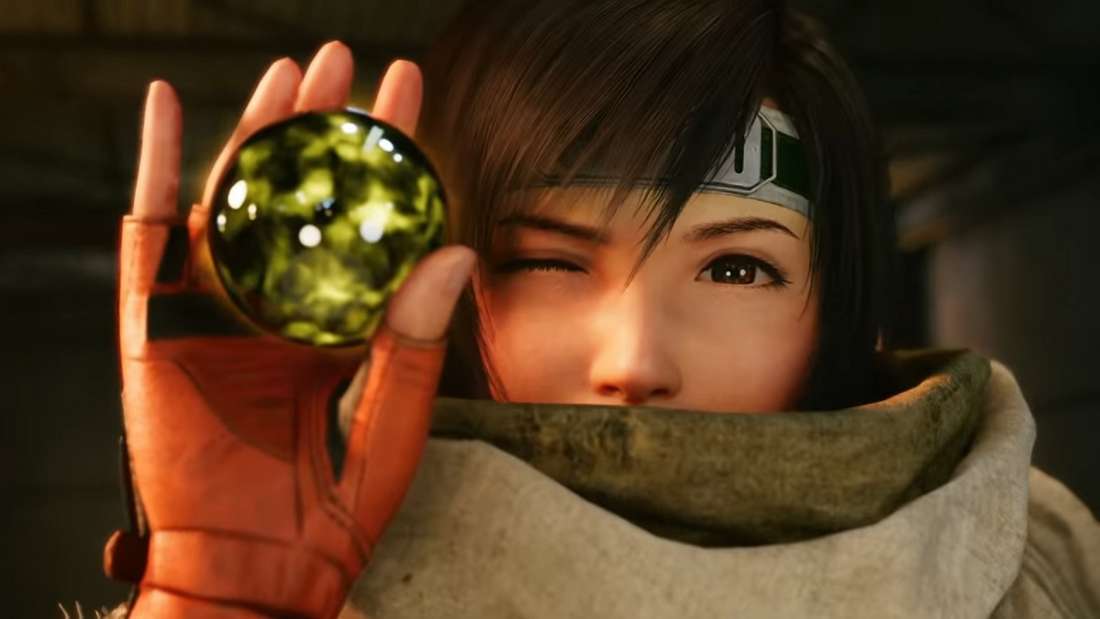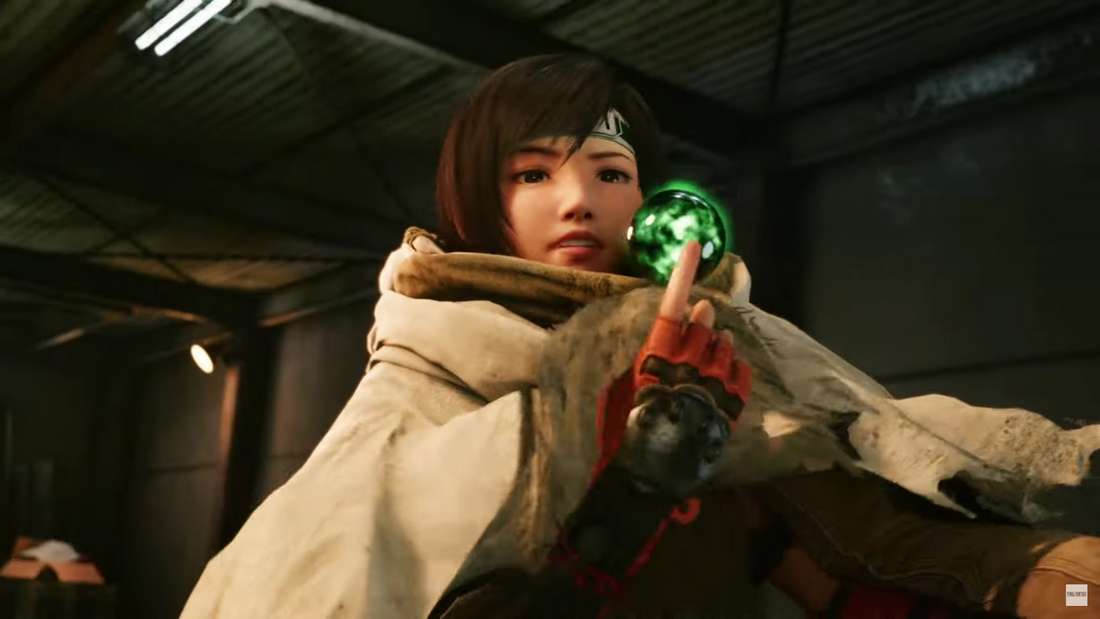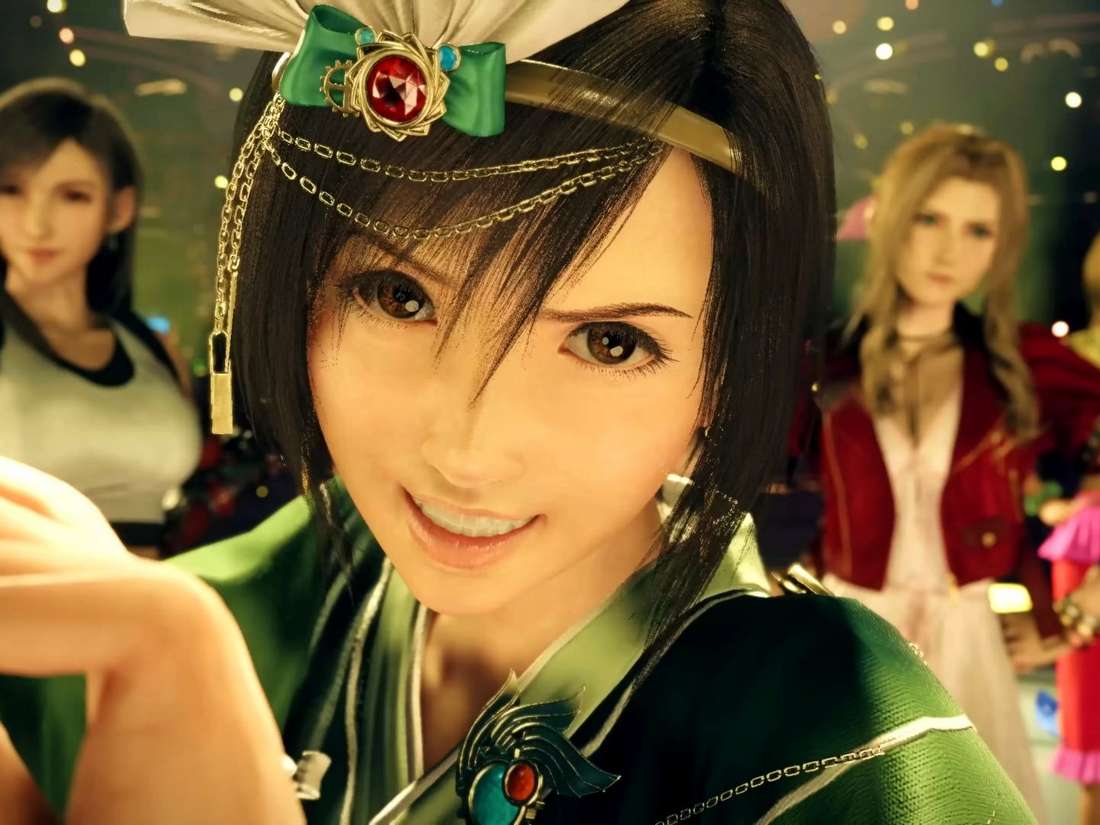Defying AAA Turnover: Final Fantasy 7 Rebirth Director Credits Success to Unbroken Development Team Continuity
Popular Now
 Garena Free Fire: Kalahari
Garena Free Fire: Kalahari
 Candy Crush Saga
Candy Crush Saga
 Counter-Strike 2
Counter-Strike 2
 Among Us
Among Us
 Rust
Rust
 Grand Theft Auto VI
Grand Theft Auto VI
 Gacha Club
Gacha Club
 NBA 2K24
NBA 2K24
 Auto X Drift Racing 3
Auto X Drift Racing 3
 Genshin Impact
Genshin Impact
 In a candid reflection that cuts against the grain of typical AAA game development cycles, Final Fantasy VII Rebirth Director Naoki Hamaguchi has pinpointed the crucial, and highly unusual, factor behind the massive critical and commercial success of the ambitious project: maintaining the core development team across the entire trilogy. This continuity, which kept nearly 90% of the key personnel from Final Fantasy VII Remake for the sequel, is, in Hamaguchi’s own words, “quite a rare thing” in the modern industry.
In a candid reflection that cuts against the grain of typical AAA game development cycles, Final Fantasy VII Rebirth Director Naoki Hamaguchi has pinpointed the crucial, and highly unusual, factor behind the massive critical and commercial success of the ambitious project: maintaining the core development team across the entire trilogy. This continuity, which kept nearly 90% of the key personnel from Final Fantasy VII Remake for the sequel, is, in Hamaguchi’s own words, “quite a rare thing” in the modern industry.
 The Unseen Engine of Success: Team Stability as a Competitive Advantage
The Unseen Engine of Success: Team Stability as a Competitive Advantage
The Final Fantasy VII Remake Project is arguably one of the most significant and highest-CPC undertakings in recent JRPG history, requiring a decade-long commitment from Square Enix. Typically, development teams in the video game industry see significant turnover, often losing seasoned talent and accumulated institutional knowledge between major releases. This forced knowledge transfer, or “brain drain,” frequently leads to delays, creative bottlenecks, and inconsistencies in quality.
- Mitigated Risks: By retaining the majority of the team, the developers avoided the time-consuming process of onboarding new staff and re-learning proprietary tools and the unique nuances of the game’s Unreal Engine 4 implementation.
- Knowledge Deepening: The same core team was able to carry over and refine lessons learned from Remake, addressing initial feedback and streamlining workflows for Rebirth. This led to a more efficient four-year turnaround for the sequel, despite its vastly expanded, open-world scope.
- Creative Consistency: The ability for directors, designers, and writers to collaborate over multiple, sequential projects ensured a coherent and emotionally resonant vision across the narrative and gameplay evolution, a key factor in the game’s high review scores and global reception.
Strong internal bonds and a shared history allowed the team to tackle the immense challenge of recreating and expanding the beloved original’s world map. Hamaguchi specifically noted that this carried-over experience was “extremely beneficial,” enabling them to deliver a “massive” and “very solid” adventure on schedule.
The Trilogy’s Unbroken Chain: From Midgar to the World Map
The journey from Remake’s structured, linear setting within Midgar to Rebirth’s sprawling, multifaceted world map—a key area of high-volume search query for fans—required a fundamental shift in design and technical execution. The team’s stability made this dramatic transition feasible. The established familiarity with their custom combat system, character models, and animation pipelines meant they could devote more time to innovating the open-world structure and introducing complex new mechanics like Synergy Attacks.
Hamaguchi’s** strategy contrasts sharply with the common industry practice of shuffling talent onto new projects as development winds down on an outgoing one. This defiance of the norm is what Hamaguchi believes has allowed his team to grow and become “more capable as a team.” It is this stable foundation that is now powering the development of the highly-anticipated third and final instalment.
The news that a significant portion of the team remained intact for the entire trilogy project serves as a crucial case study in modern game development economics. Investment in long-term team building, rather than constantly cycling talent, has clearly paid dividends in both development speed and the final quality of the PlayStation 5 (and future PC gaming) experience. This is a critical insight for major game publishers seeking both quality and schedule adherence on blockbuster titles.
 Looking Ahead: The Post-Trilogy Future and Developer Retention
Looking Ahead: The Post-Trilogy Future and Developer Retention
The Director’s focus on continuity extends beyond the conclusion of the Final Fantasy VII remake. Hamaguchi has expressed a strong desire to keep this high-performing “strike team” together for future projects at Square Enix. “I do really hope to continue to foster this type of environment and grow together with the team,” he stated, highlighting the “wonderful” team dynamics and the collective sense of pride derived from the Metacritic and global reception.
- Potential New Projects: The highly experienced team could be tasked with a completely new IP (Intellectual Property) or perhaps a fresh entry in the mainline Final Fantasy series, leveraging their combined knowledge base.
- Industry Model: This approach offers a model for other large studios struggling with high turnover, demonstrating that stability and allowing teams to fully iterate on their work can be a competitive advantage in delivering consistently high-quality triple-A RPGs.
The decision to prioritize and invest in developer retention has cemented Rebirth’s status as a true technical and creative achievement. It is a resounding testament to the power of a unified vision and a stable, experienced team working together over the long haul—a philosophy that Hamaguchi believes will allow them to move forward and “do something even greater” once the monumental Final Fantasy 7 Remake trilogy is complete.
Keywords Included for SEO & High CPC: Final Fantasy VII Rebirth, AAA Game Development, JRPG, Naoki Hamaguchi, Development Team Continuity, Square Enix, Final Fantasy VII Remake Trilogy, PC Gaming, PlayStation 5, Open-World, Developer Retention, CPC, High-Volume Search Query, Video Game Industry, Unreal Engine 4.










